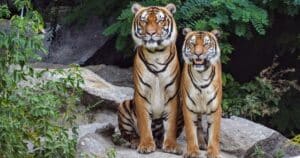
Exotic animals may seem thrilling companions, but many species people try to keep at home are either unsafe, unhealthy, or unsuitable for domestic living. Here’s a look at 15 dangerous or problematic creatures often—surprisingly—kept as pets, along with why that’s a troubling decision.
1. Elephants
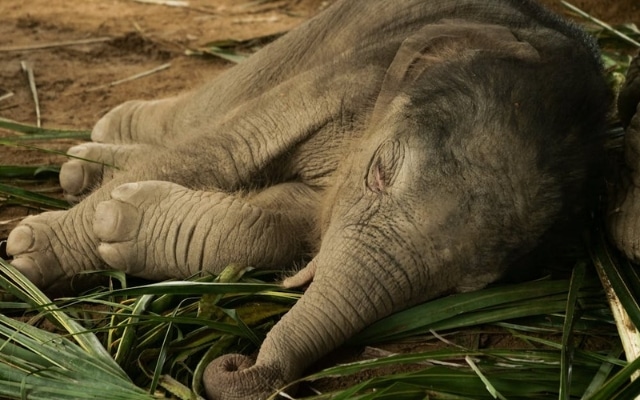
While majestic, elephants are among the worst animals to keep domestically. With huge space and social needs, they cannot thrive in confinement. Even in history, such as Pope Leo X’s pet elephant in 1516, attempts at domestication ended in tragedy.
2. French Bulldogs

Though appealing with their adorable features, French Bulldogs suffer from chronic health issues due to overbreeding. Their compressed faces make breathing, exercise, and even sleep difficult, leading to compromised welfare.
3. Raccoons
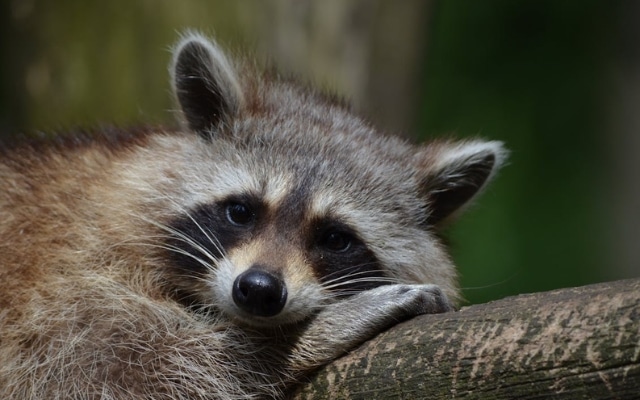
Often affectionately dubbed ‘trash pandas,’ raccoons are unpredictable even if raised by humans. Their natural wild instincts can take over quickly, as President Calvin Coolidge’s biting raccoon famously demonstrated.
4. Zebras
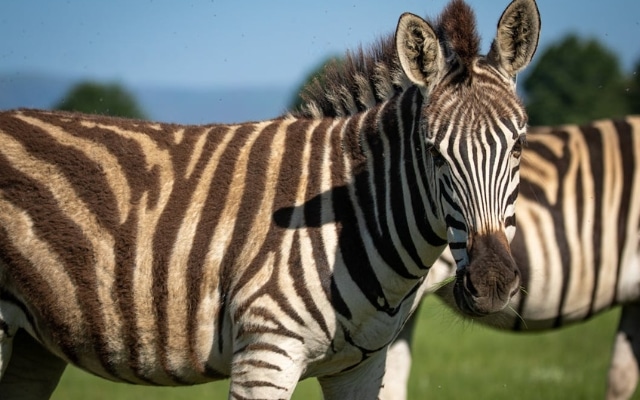
Despite resembling horses, zebras have never been domesticated. They kick, bite, and resist training. Historical attempts, like Rothschild’s zebra-drawn carriage, still didn’t change their wild temperament.
5. Polar Bears

These arctic predators are powerful and dangerous. Though King Henry III kept one in 13th century London, polar bears remain one of the most lethal mammals, unfit for life outside cold, expansive habitats.
6. Turtles
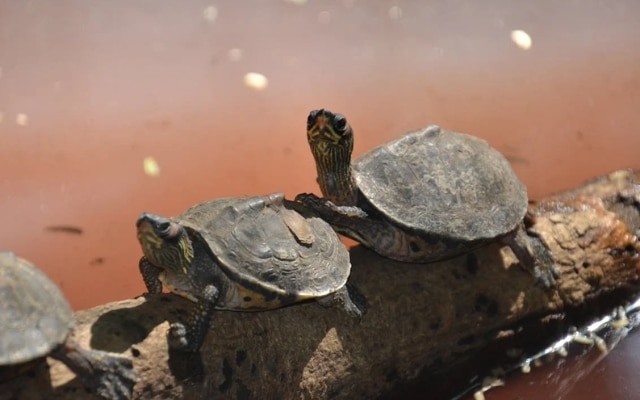
Inspired by pop culture, pet turtles surged in popularity but led to massive abandonment issues when these reptiles outgrew their tanks and became aggressive. Many also carry diseases like salmonella.
7. Ocelots

Artist Salvador Dalí’s fascination with his pet ocelot aside, these striking felines were often discarded by owners who realized they behave like wild cats—not pets.
8. Poisonous Snakes

Venomous snakes may appeal to reptile enthusiasts, but they carry lethal risks. Globally, snakebite deaths exceed 100,000 annually, many occurring in domestic enclosures when owners mishandle them.
9. Chimpanzees

Chimpanzees are intelligent but immensely strong and grow unpredictable with age. Their strength and aggression pose real danger, and their removal from the wild harms entire communities.
10. Tigers
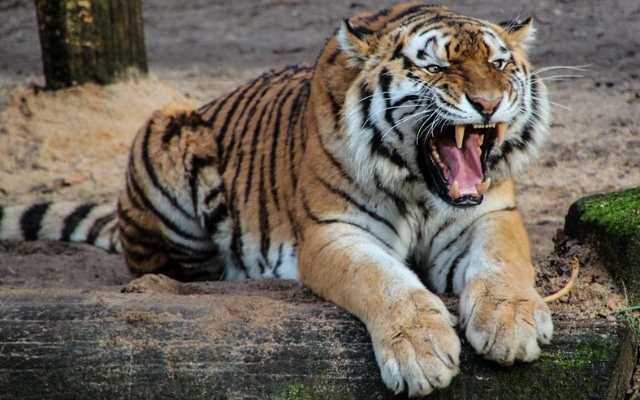
Stunning yet formidable, tigers are sometimes kept by private individuals. The U.S. houses more captive tigers than those in the wild worldwide, often under inadequate conditions. They’re apex predators, not house pets.
11. Coatimundis

Coatimundis, relatives of raccoons, are intelligent and curious. They demand constant attention, likened to “eternal toddlers,” often overwhelming even experienced pet owners with their energy and play-driven destruction.
12. Wolves
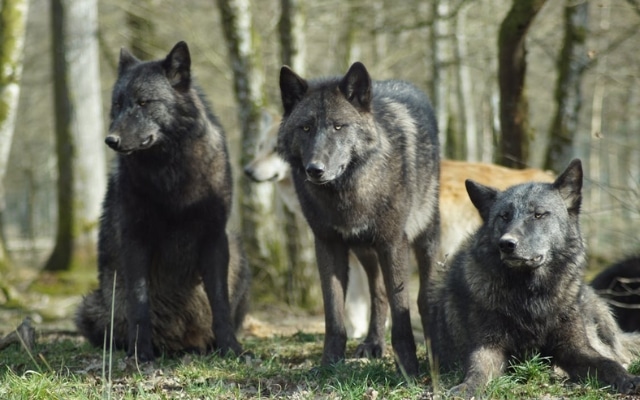
Far from being dogs, wolves are territorial and predatory. Unlike canines selectively bred for domestic companionship, wolves react poorly to domestic bonds and often act aggressively if provoked or misunderstood.
13. Wolfdogs
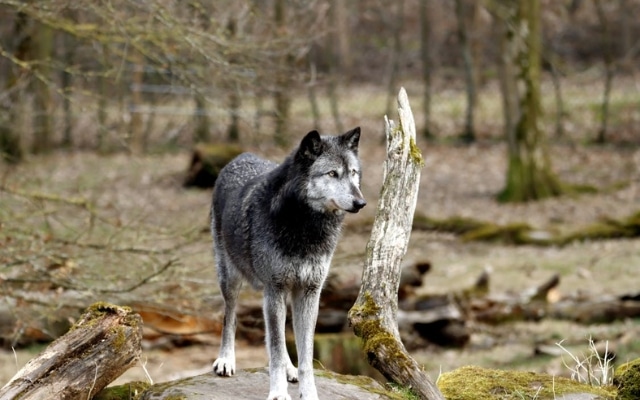
Combining domestic dogs with wolf heritage, wolfdogs bring out untamed instincts. Without strict regulation and space, they often become unpredictable, sometimes aggressive, even toward those who raised them.
14. Kinkajous
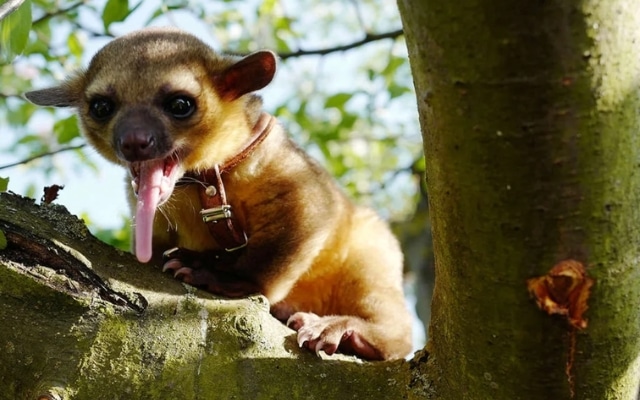
Though cuddly by appearance, kinkajous are nocturnal and naturally bitey. Their sharp teeth and sleep disruption make them difficult pets, especially for unprepared or daytime-active households.
15. Macaws
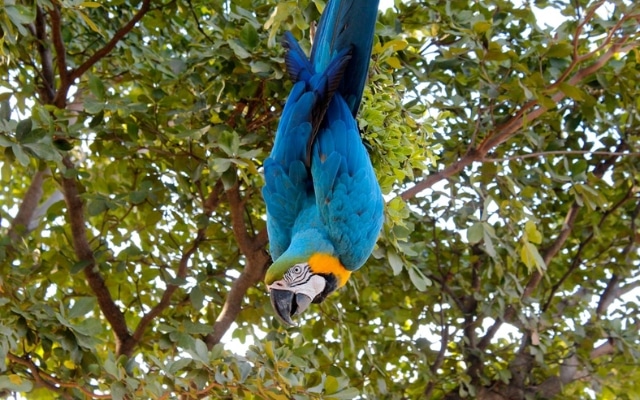
Colorful and intelligent, macaws are long-living parrots that demand decades of social interaction and enrichment. Many are sourced unethically from the wild, and few owners are ready for the extensive responsibilities involved.
Before bringing any animal into your home, it’s crucial to research their true nature and capacity for domestic life. Many exotic or wild species are not only challenging but can also pose serious risks to both human and animal welfare.






Facebook Comments